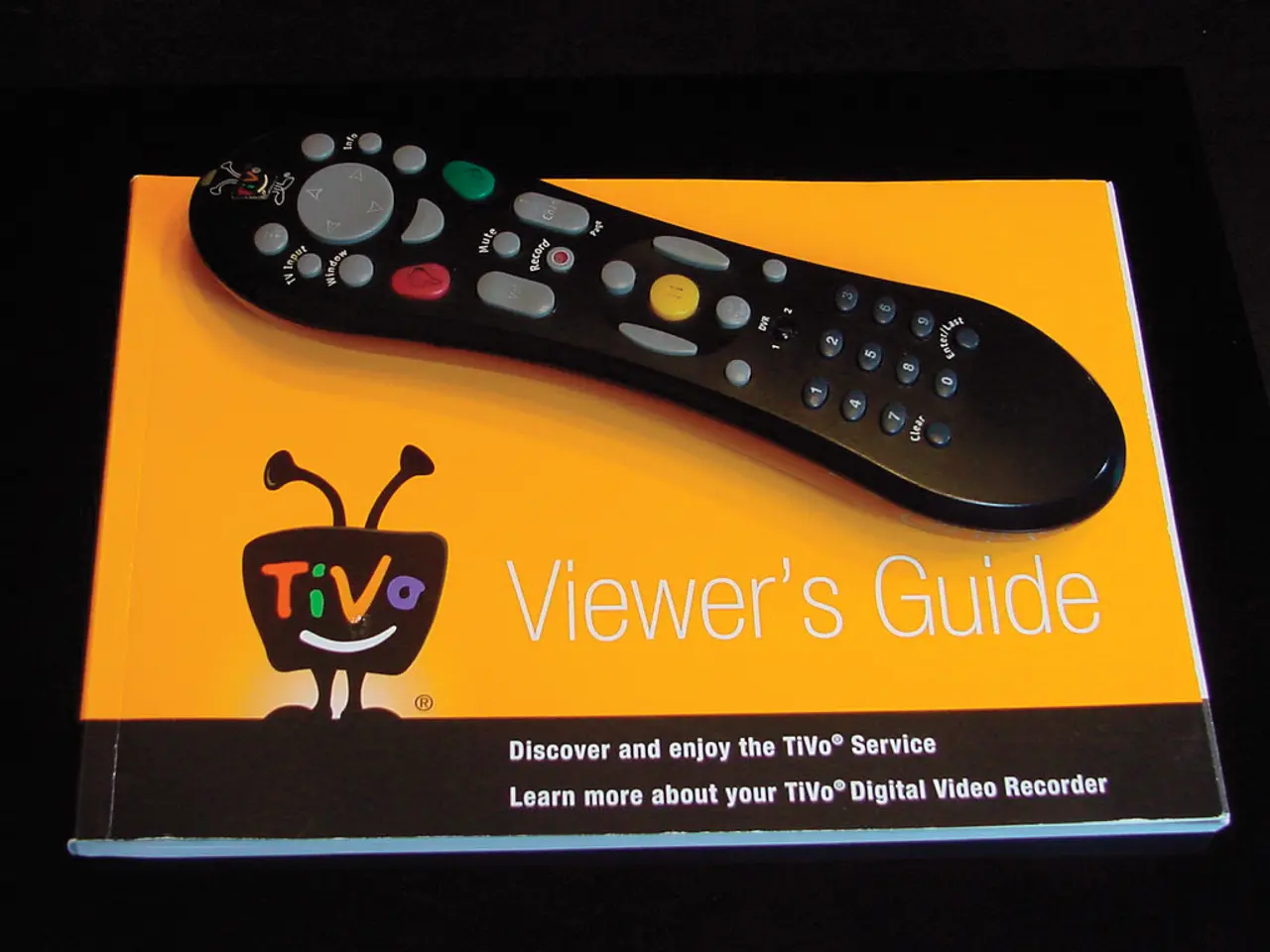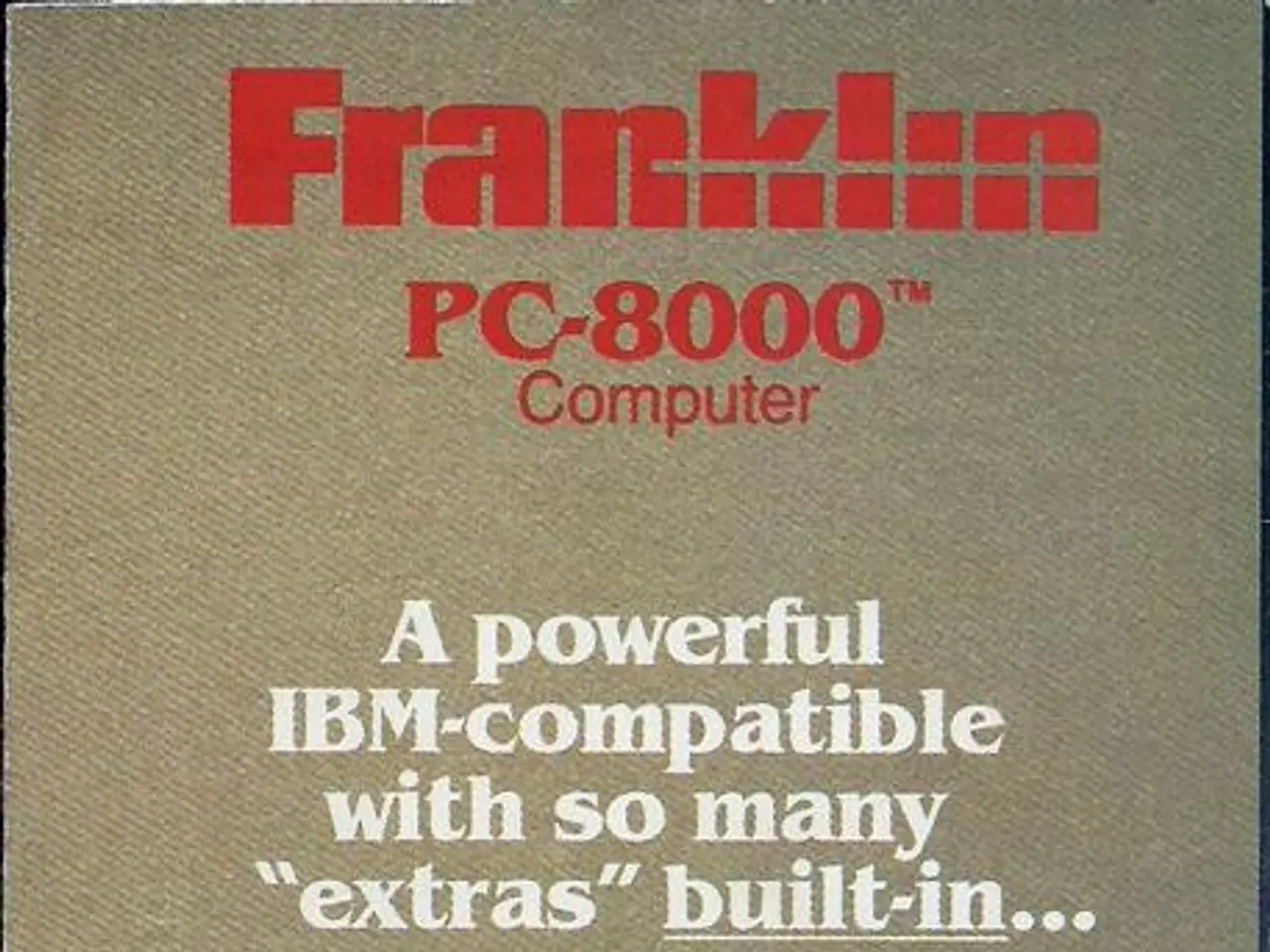Independent Film Distribution Explained: A Handbook for Movie Creators
Film distribution is a critical step in making a film available to the public, whether through theatrical releases, streaming platforms, television broadcasts, DVDs, or film festivals. This process involves several key components, including master files, subtitles and captions, artwork and promotional materials, and legal and business documents.
The Role of Distributors
Distributors serve as the intermediary between a film and its audience, overseeing logistics, marketing, and business deals needed to get the work seen. They come in various sizes, ranging from large companies like A24 and Netflix to boutique firms focused on indie content, aggregators, and sales agents.
Distributors' responsibilities include pitching films to streaming platforms, TV channels, and international markets, securing screenings at theaters or film festivals, marketing films, and negotiating rights deals for digital, broadcast, and physical media.
Traditional Distribution vs Self-Distribution
Not all distribution is created equal, leading to the decision between traditional and self-distribution. Traditional distribution involves signing with a company that takes charge of releasing and marketing a film, often requiring a sales agent first to pitch the film to distributors, especially for festival debuts. This approach offers access to established networks and industry expertise but typically results in a significant share of revenue and control being handed over to the distributor.
In contrast, self-distribution offers filmmakers full control over marketing, sales, and audience engagement by directly releasing films through platforms like Vimeo On Demand or Amazon Prime Video Direct. This approach requires substantial marketing effort and risk but allows filmmakers to retain most of their revenue.
Key Differences
The key differences between traditional and self-distribution include control and revenue, marketing and reach, rights and complexity, and financial and timeline risks.
- Control and Revenue: Self-distribution lets filmmakers retain complete creative and financial control and keep most revenue, but requires them to manage all marketing and outreach themselves. Traditional distribution offloads marketing and access to wider networks but can dilute earnings and control.
- Marketing and Reach: Traditional distributors have established relationships with theaters, platforms, and international agents to promote and place films widely, which can be challenging for indie filmmakers to replicate alone. Self-distribution demands strong digital marketing skills and direct audience-building efforts via social media and websites.
- Rights and Complexity: Traditional deals often parcel rights by media type and territory, requiring expertise and sometimes separate agents for theatrical or international releases. Self-distribution simplifies this by maintaining all rights but limits access to some markets and exhibition types.
- Financial and Timeline Risks: Traditional distribution can provide upfront advances and structured revenue sharing, but may take a long time and depends on distributor interest. Self-distribution involves upfront costs and ongoing effort with uncertain financial outcomes but offers immediate global access via streaming.
Steps for Film Distribution
Regardless of the chosen distribution method, understanding the step-by-step guide for getting a film distributed is crucial. This includes defining the audience, seeking a sales agent or producer's representative, approaching distributors, considering aggregators, and understanding contracts and retaining rights as the filmmaker.
Master files, including the film itself in its entirety, trailers, Digital Cinema Packages (DCPs), and trailers in HD and ideally under two minutes, are essential for both traditional and self-distribution. Artwork and promotional materials, such as posters, still images, press kits, and production notes, are also vital for attracting potential viewers.
Project management and marketing tools like Canva, Mailchimp, Later/Buffer, and Lumin can help create posters, promotion graphics, social media assets, email lists, and schedule social media posts. Additionally, crowdfunding and pre-sales platforms like Seed&Spark, Kickstarter, and Indiegogo can help raise awareness and funds for a film.
Aggregation and distribution platforms like Filmhub, Quiver, and Indie Rights can also help facilitate distribution, making it easier for filmmakers to reach a wider audience.
In summary, self-distribution empowers indie filmmakers with autonomy and direct audience connection but demands substantial marketing effort and risk, while traditional distribution leverages industry relationships and expertise at the expense of control and revenue share. The best choice depends on a filmmaker’s resources, market strategy, and goals.
- Distributors' responsibilities in pre-production phase may include pitching films to production companies and securing financial backing for upcoming film projects.
- Technology plays a crucial role in film-production as well as distribution, with platforms like Canva, Mailchimp, and Indie Rights aiding filmmakers in creating promotional materials, managing crowdsales, and even facilitating distribution for self-distributed films.




